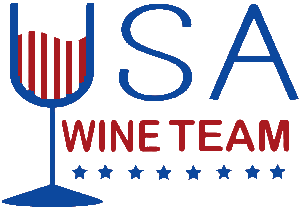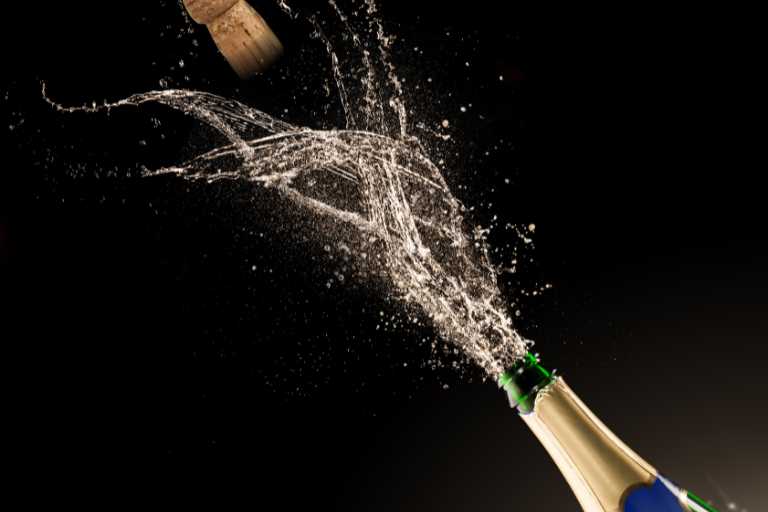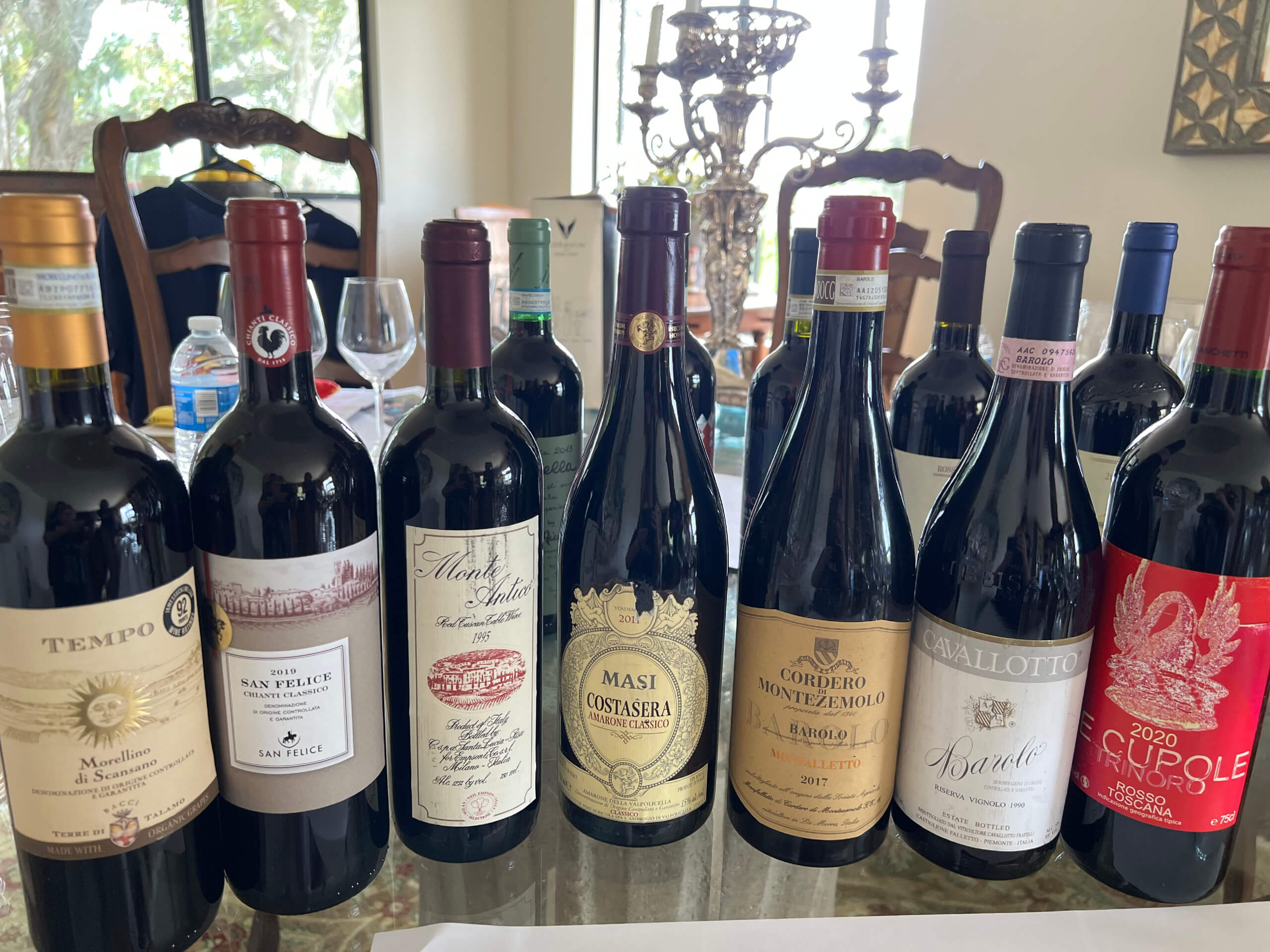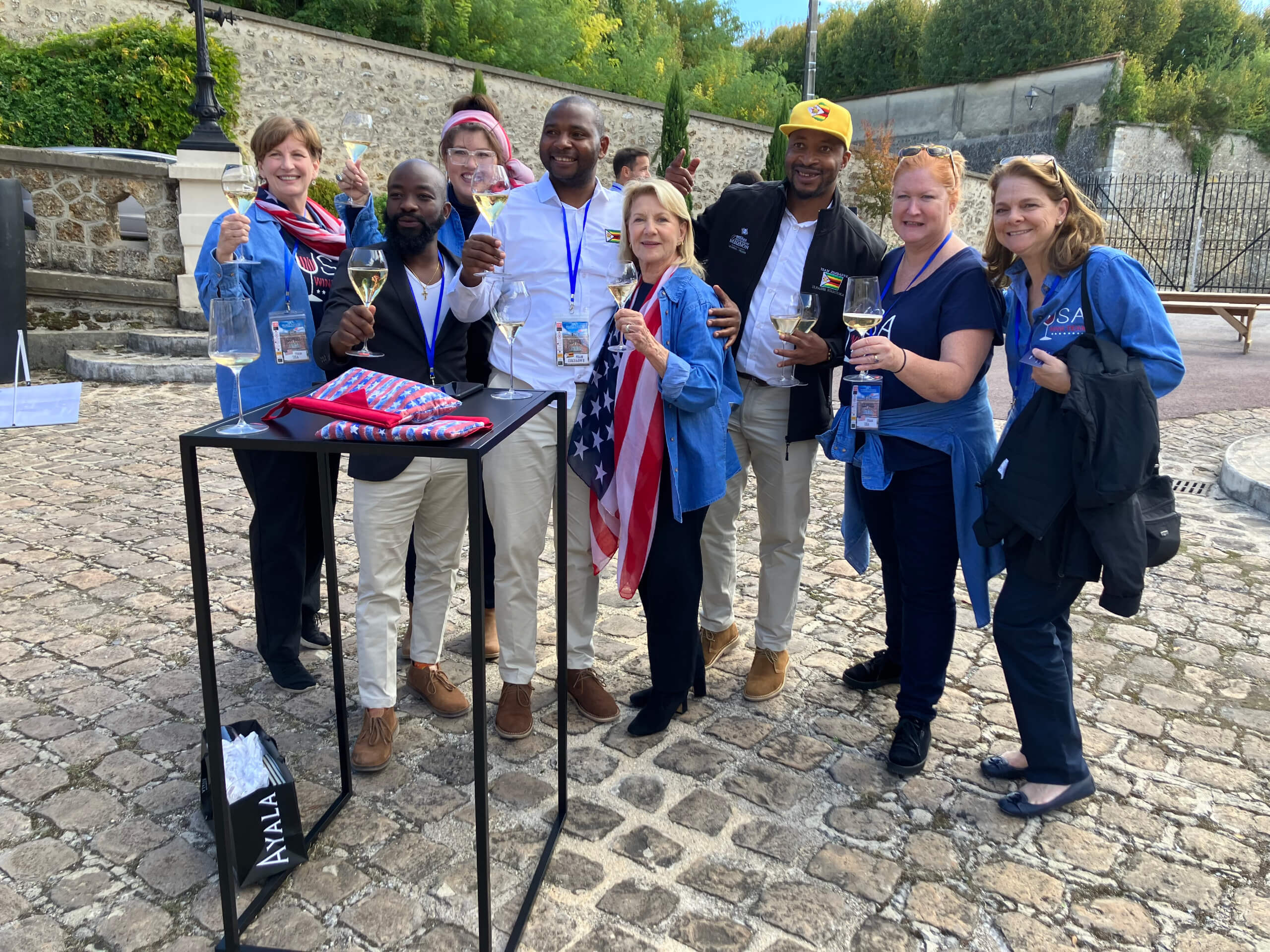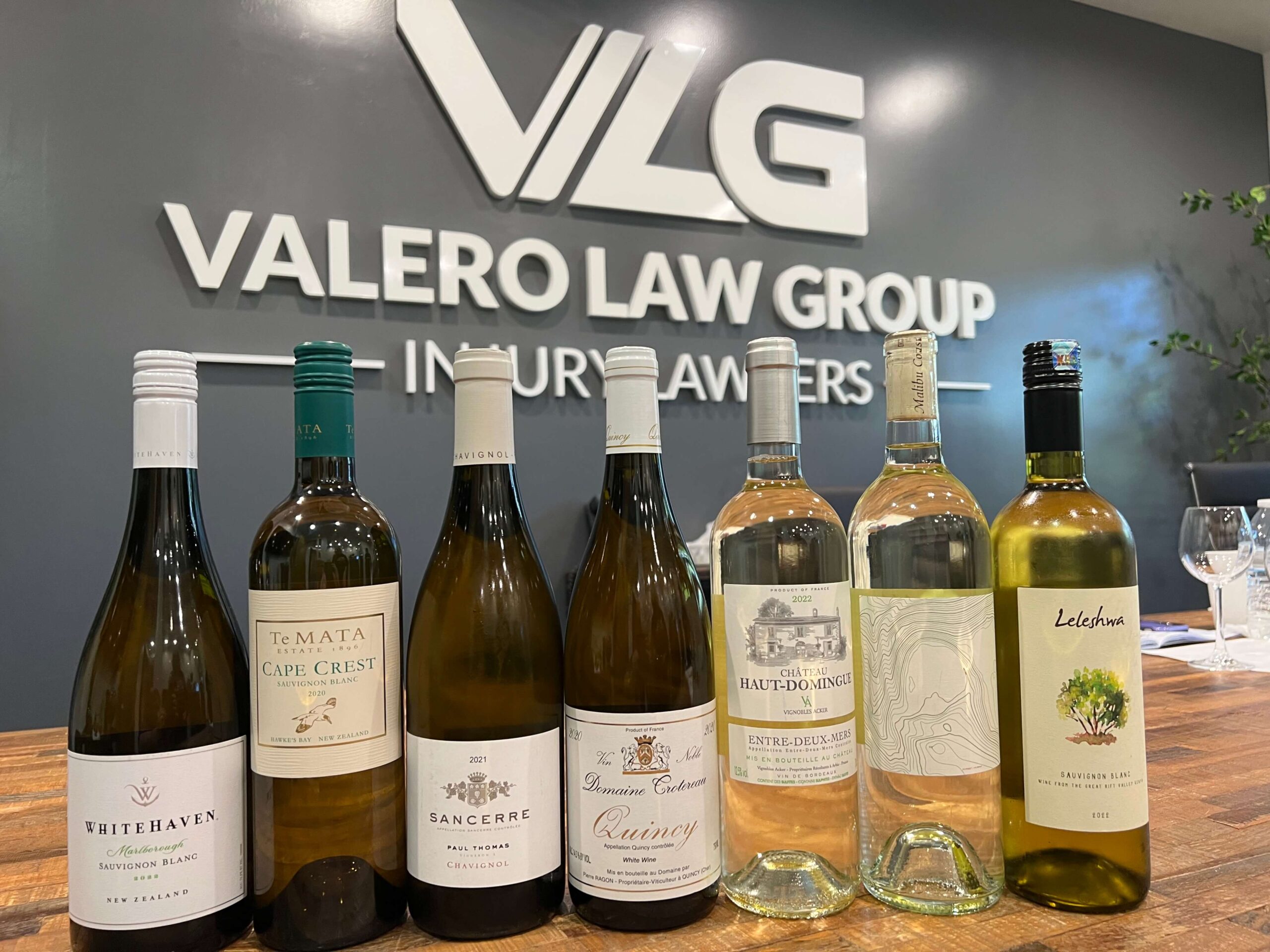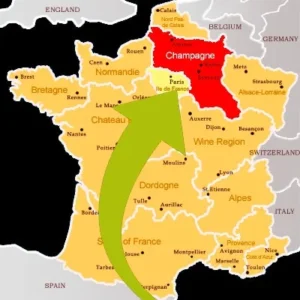
AN AMERICAN IN CHAMPAGNE
From my seat’s view as a competitor in the World Blind Tasting Competition, located in Champagne, 2022.
“I only drink Champagne on two occasions, when I am in love and when I am not.”
–Coco Chanel
There is no wine region in France, or perhaps anywhere, that is like Champagne. The word conjures up a glass of elegance, festivity, and romance. Yet it is a safe bet that not even everyone in France fully knows how this elixir is made and more likely not many Americans understand the emotional and historic ties we have to this region. Welcome to our American in Champagne tour! I’ve chosen five stops within the sub-regions – driving through changing topography. The purpose of the tour is to examine the winemaking styles, the micro-cultures, terroir, food delicacies, and learn the unique differences between the sub-regions.
In Épernay and Reims I will show the history and emotional attachments to Americans. It’s not all frothy: The gritty history and triumph of the region and the wines over countless invaders, war, and fire destruction. The journey will go to Montagne de Reims; Vallee des Marnes, the largest of the sub regions where Pinot Meunier is the primary grape; Côtes des Blancs, where Chardonnay reigns; and the outlier, Côte des Bar, a rapidly rising, somewhat maverick region in the Aube. Let’s get going!
My goal is to acquaint you with the region and history and pleasures of Champagne:
- Champagne is one of the Top 5 esteemed global wine regions.
- Champagne is unique among the Top 5 due to its geography, unique terroir, and extraordinary chalky soil.
- One AOC (appellation) encompasses the entire region which is divided into 5 sub-regions.
- Vintage vs non-vintage rules and should we care?
- Unique winemaking method and styles.
- Response to climate change that gives riper vintages, but what about the future warming?
- Champagne is only Champagne if it comes from this region.
- A region mixed with elegance and strife.
- Ties to America through war and rebuilding.
- The role of women and the Houses in Champagne
- Discovering the selected sub-regions: Montagne de Reims, Épernay/Reims, Côte des Blancs, Vallée de la Marne, and Côte des Bar (Aube) and why each is special.
- Village Classifications (Grand Cru, Premier Cru, Cru).
- Types of Champagne (Blanc de Blancs, Blancs de Noirs, and Rosé); vintage and non-vintage.
- UNESCO designations: (i.e.,) slopes, Houses, cellars, Churches
Fun Facts:
- Each year 120,000 people descend upon Champagne for a 2- week harvest.
- Spoiler Alert: Dom Perignon did not invent Champagne.
- There is no grape variety or town called Champagne.
- Champagne is the coldest growing region in all of France.
- There are approximately 49,000,000 bubbles in a standard bottle of Champagne
- Pinot Meunier, although underrated, has an important role in many of Champagne’s most respected non-vintage blends, due to its ability to bud later and ripen earlier escaping frosts and rains.
- Sugar beets provide the sugars used in the liqueur de tirage
Brief History:
- First planted by Romans in the 5th The first wine from these vines was not sparkling, rather a thin-bodied, onion-skin-colored still wine.
- It’s not all frothy: invaders, war, and fire destruction.
- The discovery of sparkling wine and how Champagne is made today.
- Where Kings were crowned.
- 10 Rue President Franklin D. Roosevelt, this address so named to commemorate the end of WWII, the spot where Germany surrendered to the allies on May 7, 1945. The brick building was then, and still is a school. The French and American flags fly outside.
The side-by-side role of American and French fighters in WWI and WWII:
- Americans erected a memorial on the site of Hill 204 (the scene of the one of the most violent fighting in July 2018) in the Château-Thierry area designed to show France and America hand-in-hand in battle and to pay tribute to the American soldiers.
- June 1918: American troops launched a huge counter-offensive in the south of Aisne. This location is emblematic in the celebration of Memorial Day, to remember the American forces.
- In 1937, the Blanc Mont American Monument in Sommepy-Tahure to honor the 70,000 American soldiers who fought in Champagne during the fierce summer of 1918. This entire site over 10 acres, was yielded to the United States. The monument was designed by Arthur Loomis Harmon (who also designed the Empire State Building).
“Remember gentlemen, it’s not just France we are fighting for, it’s Champagne.”
-Winston Churchill.
